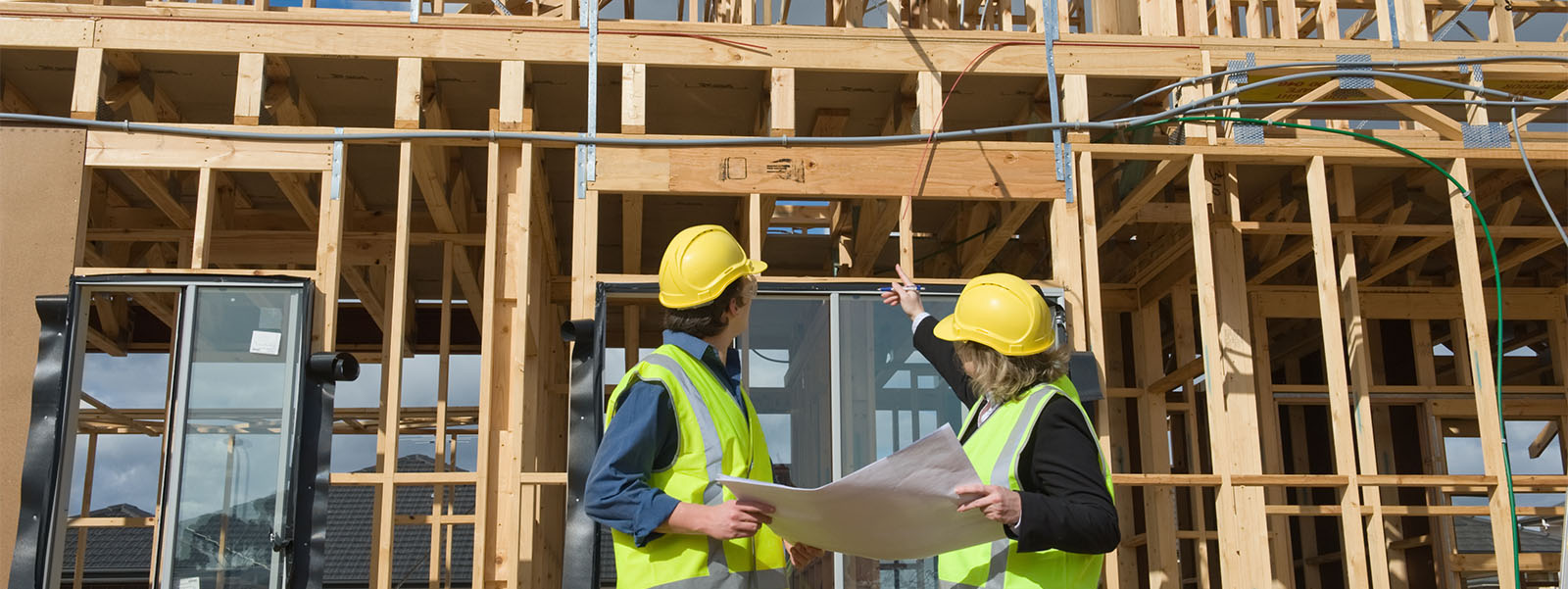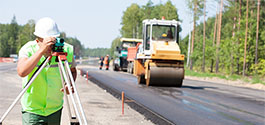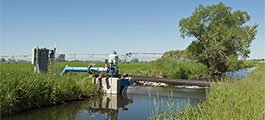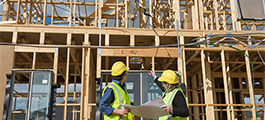Structural engineering covers a wide range of topics including:
- monitoring of structural systems with advanced sensing technologies
- durability of concrete structures
- advanced low-carbon construction materials
- fire resistant steel structures
Our research sits within the Infrastructure and the Engineering Geosciences and Geomechanics (EGG) Research Groups in the Department of Civil & Environmental Engineering.
Our engineers design, as well as analyse, the response and behaviour of various structures ranging from bridges, buildings, dams, tunnels, retaining walls and other such structures.
With a long tradition of excellence in research, education, and service to the profession, our structural engineering research has been a place for innovative developments. Advancements in wind analysis, non-linear dynamic analysis and health monitoring techniques, which have been pioneered by academics and students, have had major impacts on professional practice. Equally important are the successful careers of the many Strathclyde graduates, who by their leadership, dedication and ideas are making positive contributions internationally.
Our key areas of research
Computational structures
The Computational Structures Group's aim is to enable the creation and development of high-performance, reliable and secure computing systems and programs that can be used to design, optimise and analyse complex structural systems.
The group is currently conducting research in the areas of inflatable structures, portal frame in fire and sustainable infrastructure design.
Advanced materials science & applications
Materials science is broadly defined as the science and understanding of both man-made and naturally occurring materials. These can range from spiders' web silk, to printed circuit boards and from polymers to minerals formed under high pressure in oil wells.
The subject is vast and uses techniques and methods from every branch of science to understand, create and control substances and materials in our everyday lives.
Real-time infrastructure monitoring
The objective of our research projects is to develop advanced and integrated monitoring technologies for built environment such as transport structures, buildings, wind turbines and earth structures.
Special emphasis is placed on design and fabrication of wireless sensors and wireless networks for remote monitoring. The developed monitoring technologies are being evaluated using several test beds.





